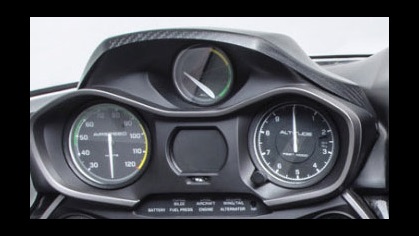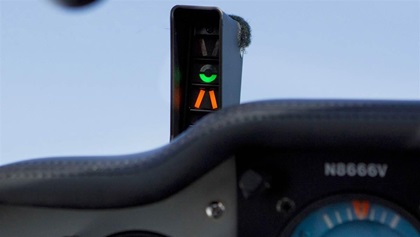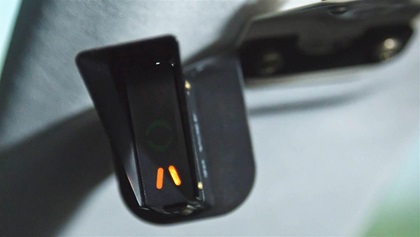
Angle of attack (AOA) indicators used to be found only in military fighters, high-end corporate jets, and some airliners. Now, at long last, many single-engine piston airplanes are equipped with lightweight, digital AOA indicators, and they allow pilots to fly more safely and accurately in many phases of flight.
AOA indicators measure the angle between the chord line of the wing and the relative wind. Since an airplane’s wing always stalls at the same “critical” angle, the AOA indicator warns pilots when they’re approaching an aerodynamic stall.
General aviation pilots have traditionally relied on airspeed indicators for stall avoidance. But stall speeds vary with aircraft weight, loading, bank angle, flap settings, and other factors that don’t affect AOA indicators.
Traditional AOA indicators got their information from a movable vane, usually placed near the nose of the aircraft, that floats in the airstream. They’re incredibly accurate, but also heavy and costly. Today’s relatively inexpensive digital AOA indicators sense pressure differences between ram air (striking the leading edge of the wing) and a static source, and an onboard air data computer estimates the angle.
In addition to stall avoidance, AOA indicators can show pilots the optimum angles for climb, long-range cruise, and approach.

 Icon A5
Icon A5 A36 Bonanza
A36 Bonanza  Cessna Citation
Cessna Citation 

